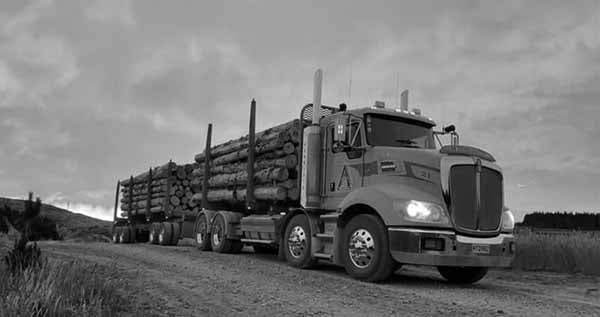When you’re managing large green services contracts, like grounds maintenance businesses managing parks and assets for local bodies, scheduling hundreds of jobs based on fixed service periods is repetitive, time-consuming and a manual process without the right software behind you.
With the introduction of vWork’s asset management database to help manage repeating jobs, dispatchers can take a set and forget approach to high volume repeating job scheduling. Dispatchers no longer need to rely on manual lists of reminding them when to schedule jobs as vWork automates it all - removing the risk of errors. And of course, with vWork automatically scheduling jobs, this frees up dispatchers time to focus on other tasks.
How it works
-
Define job, frequency and offset
Job specifications, frequency and offset all vary from contract to contract. vWork lets you customize these parameters as you need. Setting up jobs using the repeating jobs functionality means that you can be assured jobs are always scheduled – even if they are scheduled initially for a bank holiday, the offset function can push the job out to the following work day (or bring it forward if there is capacity). And if it is important to have a job completed by a set date each month, the repeating jobs function can force a job to be scheduled before a certain date. This becomes useful when poor weather means services can’t be delivered as scheduled - and then the missed job is then rescheduled before the job deadline to ensure contract compliance.
-
Add assets/sites to repeating jobs
Use the dropdown pick list or search function to allocate an asset to the repeating job.
-
Define duration and worker allocation.
Not all jobs take the same length of time to complete, even if the outcome is the same. For example clearing a rubbish bin that is on the kerbside is a lot quicker, than emptying a bin that is located on the back edge of a park for example. So once you have this kind of duration information for each job, you can set the job duration to assist with fully optimizing the working day of your field workers. And you can select a varied mix of staff allocation methods depending on the job – from assigning to specific workers or to those with specific certifications or leaving unassigned and using batch or drag and drop scheduling.
Now with the combined benefit of an asset database and automated repeating jobs functionality you can experience the freedom and competitive advantage of using vWork to grow your bottom line. See how Landscape Solutions use vWork to manage thousands of assets and repeating jobs each month.






